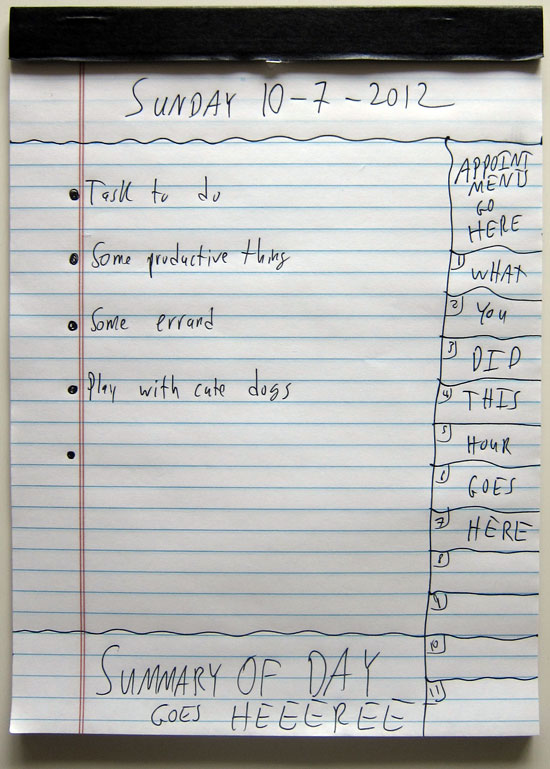Virtual environments for Python, Ruby and Java
I work with multiple languages and code mostly in Python, Ruby, Java or scala. When working on a project, I would like to isolate the dependencies within the project and not to mess up with the system libraries. I will go through three virtual environments in this post which can be handy while working on a project and gives the flexibility to switch between different versions of the language.
virtualenv - for Python
virtualenv is a tool to create isolated Python environments.
# installing virtualenv
$ [sudo] pip install virtualenv
# initializing virtualenv
$ virtualenv venv # here venv is the folder name and this command creates venv folder
# activating virtualenv
$ source venv/bin/activate
#install dependencies within the folder
$ pip install requests # this will install request lib inside venv folder and you can import requests and run python code within (venv) context.
#deactivate current virtualenv context
$ (venv) deactivate
# creating virtualenv for a particular python version
$ virtualenv --python=/usr/bin/python2.6 venvrbenv - for Ruby
rbenv is a tool for simple ruby version management. Installation details can be found here
Gist of all commands:
$ brew install rbenv # Installation for mac
$ rbenv init # initialize rbenv
$ rbenv install -l # list all available versions:
$ rbenv install 2.0.0-p247 # install a Ruby version
$ rbenv local 1.9.3-p327 # sets the local ruby version
$ rbenv local -unset #unset the local version
$ rbenv global 1.9.3-p327 # set the global system version of ruby
$ rbenv versions #list all ruby versions known to rbenv
$ rbenv shell 1.9.3 # set shell specific ruby.jEnv - for Java
jEnv is a command line tool to manage java environment.
Commands:
$ brew cask install java #this will install java10
To install java 8, you can use the below commands
$ brew tap caskroom/versions
$ brew cask install java8
$ brew install jenv #install jenv in mac OS
$ jenv add /System/Library/Java/JavaVirtualMachines/1.6.0.jdk/Contents/Home
$ jenv add /Library/Java/JavaVirtualMachines/jdk17011.jdk/Contents/HomeYou can check the folder /System/Library/Java/JavaVirtualMachines/ for the available versions to add to jenv
$ jenv versions #shows all the jenv added versions
$ jenv global oracle64-1.6.0.39 # Configure global version
$ jenv local oracle64-1.6.0.39 # Configure local version (per directory)
$ jenv shell oracle64-1.6.0.39 # Configure shell instance versionHope the above virtual environments are useful while setting up your projects.
